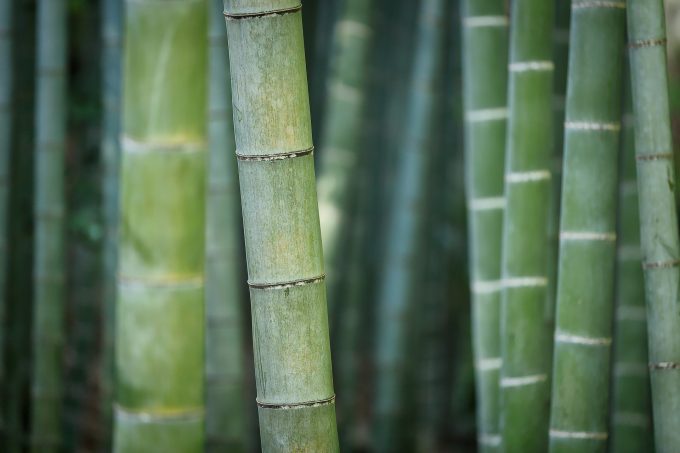Facts and Issues Surrounding Bamboos and Bamboo Fabrics

Bamboo fabrics are continually making a significant impact in the fashion industry. While the fashion industry has embraced the new trend with open arms, environmentalists have been on opposite sides of the table whether the manufacture of bamboo linen is good or bad for the environment.
Arguably, bamboo is the tallest grass on earth, and it can grow anywhere in the world. It has 1500 known species and is one of the fastest-growing plants. Before it was discovered that it could be made into fabric, bamboos were used for building houses, furniture, decorations, utensils, and many other devices.
 Bamboo Fabric is Exceptional
Bamboo Fabric is Exceptional
The qualities of bamboo fabrics may be too good to be true. Linen made out of bamboo has natural luster, smoothness, and softness. It is cool on the skin and is highly water-absorbent with moisture-wicking properties.
Bamboo fabrics also have anti-odor properties and are hypoallergenic. It is also washable and does not wrinkle much so that you can iron it with a low temperature.
Environmental Significance
With bamboo as one of the fastest-growing plants on this planet and they can grow anywhere in the world, making it one of the best solutions to combat deforestation and soil erosion. These bamboo facts ensure the sustainability of the industries that depend on it as well as its contribution to the environment will not be imperiled anytime soon.
Bamboos grow naturally without the need for pesticides. It is said that bamboos release 35% more oxygen than your ordinary hardwood trees while it also absorbs carbon dioxide.
Occupational and Economic Importance
Many industries depend on bamboos. They are still being used in the construction industry for floorings, sidings, and interior decorations. They are also excellent materials for making furniture and fixtures and some other devices and items. In some parts of the world, bamboos are their main source of living. With the popularity of bamboo fabrics ever-rising, more will be dependent on bamboo for a living.
 Manufacturing Concerns
Manufacturing Concerns
Bamboo fabrics can be manufactured without the use of hazardous chemicals. But the easier and more practical way of producing bamboo fabrics is through a process known as hydrolysis alkalization, which uses the potentially destructive chemicals such as sodium hydroxide and carbon disulfide. Until today, there is no guarantee that companies producing bamboo fabrics do not use these hazardous chemicals.
Indeed, the question remains, is the manufacture of bamboo fabric environmentally friendly? Is it really safe on our health?…

 Bamboo Fabric is Exceptional
Bamboo Fabric is Exceptional Manufacturing Concerns
Manufacturing Concerns

